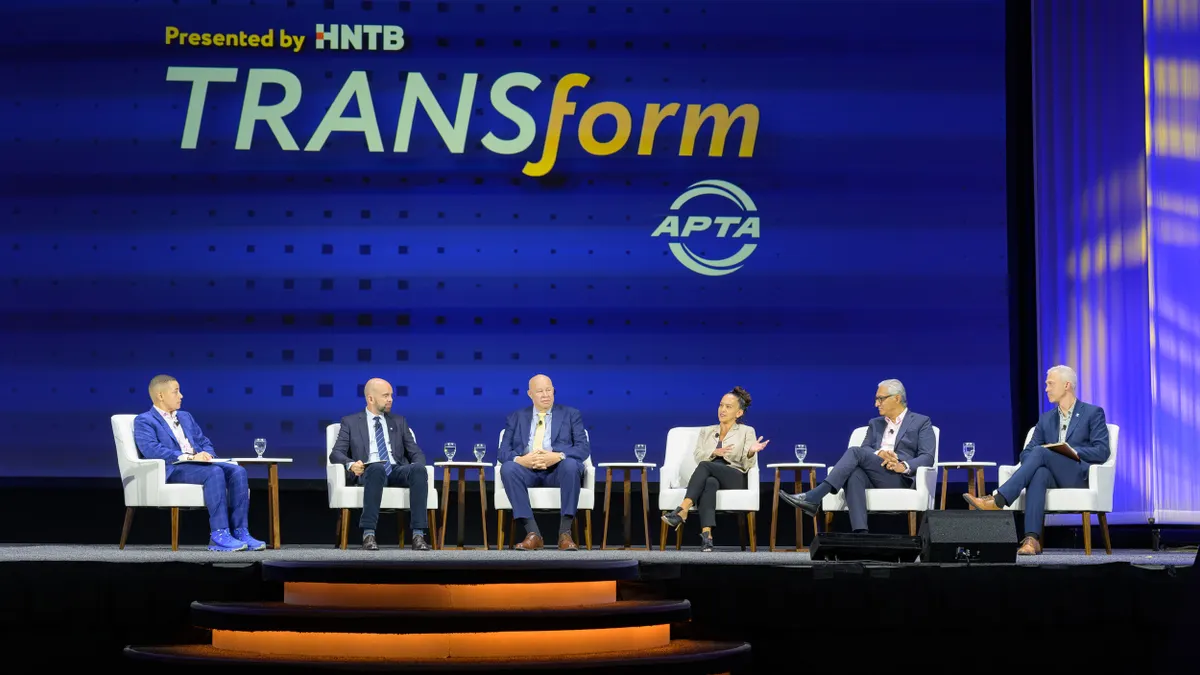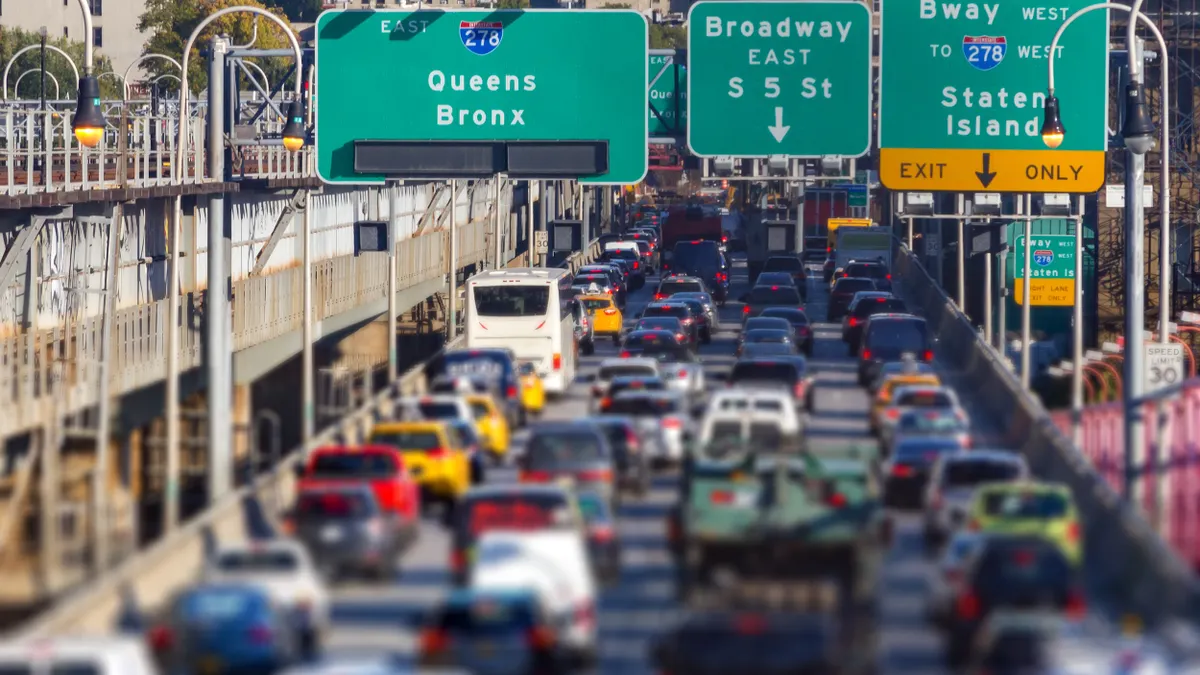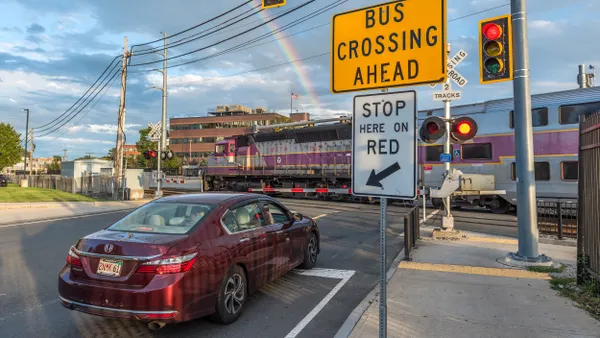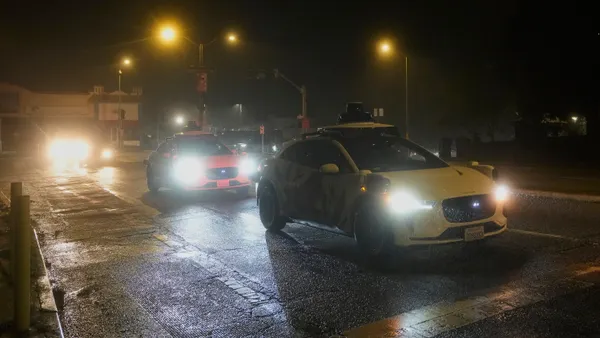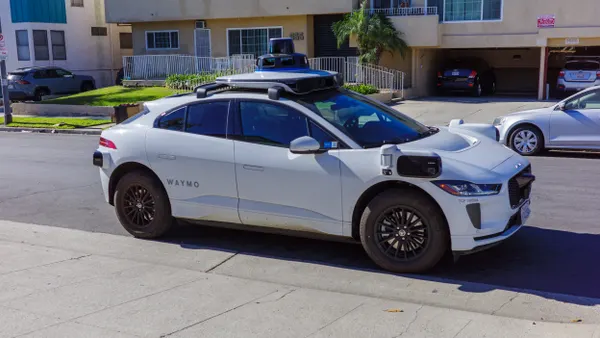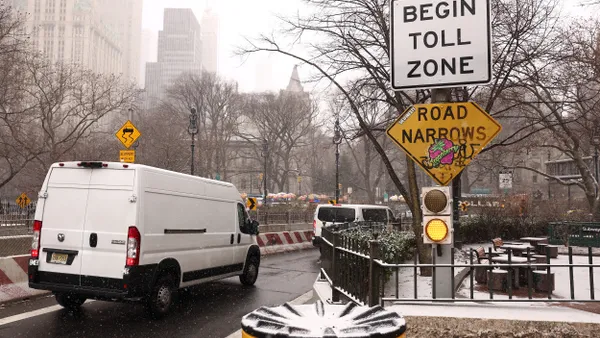“We are all dealing with infrastructure that is aging,” said Massachusetts Transportation Secretary Monica Tibbits-Nutt, who moderated a panel on megaprojects at this year’s American Public Transportation Association conference in Boston, where leaders talked through the challenges and lessons learned from these multibillion-dollar endeavors. “We are dealing with communities that are changing, and these are the types of projects that help shape our communities and our economies.”
One of those big construction programs is the $16 billion Hudson Tunnel project, which involves building nine miles of passenger rail track between New York and New Jersey, a new twin-tube tunnel under the Hudson River and renovating the existing 115-year-old tunnel. The tunnels carry some 200,000 Amtrak and New Jersey Transit riders into and out of Manhattan every day.
Thomas Prendergast, chief executive officer of the Gateway Development Commission, called the Hudson Tunnel project “a mega-program on steroids.”
The Gateway Development Commission, established in 2019 by New York and New Jersey, oversees the Hudson Tunnel project, which Prendergast said includes 10 separate projects, each over $1 billion. The commission also works closely with NJ Transit, which is responsible for replacing a 115-year old railroad bridge over the Hackensack River in New Jersey that is a major source of train delays.
“What makes all the projects we're working on so complex, yet different perhaps from how things were done [in the past], is the governance framework,” — a project development agreement among the stakeholders that lays out funding, risks and milestones — said NJ Transit president and CEO Kris Kolluri.
The project has secured the necessary funding, Kolluri said, and is on schedule and on budget. “It's imperative to meet milestones that are tangible,” he said. “People need to see evidence that progress is being made.”
Prendergast concurred: “The expectation going in is that you better spend that money wisely.” He also emphasized the importance of communicating and working with the communities impacted by the construction. “You have to ask for community input, and you have to mitigate those impacts in the most general and specific ways.”
In Honolulu, for example, a major project almost collapsed when it lost the support of the community and local leaders. Construction for an automated rail line along Oʻahu’s south shore that began in 2011 became stalled by “improperly phased” archeological studies, a more than doubling of costs and a loss of faith from city leaders.
“We were the poster child for [the Federal Transit Administration] of what not to do,” said Honolulu Authority for Rapid Transportation Chief Executive Officer Lori Kahikina. Even the opening of the first segment in 2023 was in question when the mayor balked at launching a rail line to a stadium that had been closed, Kahikina said.
“We convinced them we need to open this because the reputation of HART is so bad — to the point that people wanted us to tear this system down,” she said. “We said, ‘You need to get people used to having it. We're not going away. We're not tearing this down.’”
Residents got the message, she said. “But now we get criticized because the ridership is so low; it's on average about 3,500 to 4,000 per day.”
Kahikina is looking to the Oct. 1 opening of the second segment, which will reach Pearl Harbor and Honolulu’s Daniel K. Inouye International Airport, to help increase ridership. Those locations are two of the island’s largest employers, she said.
Kahikina, who joined HART in 2021, said, “Every commitment we have made through [the] FTA for the last four years, we have met the schedule, we have met our budget.” She added that she has been out in the community, meeting with people wherever she can. “I'm out there personally speaking to them to try to change HART’s reputation,” she said.
Kolluri also underscored the importance for stakeholders to recognize “that we are all actively working towards making their lives better.”



